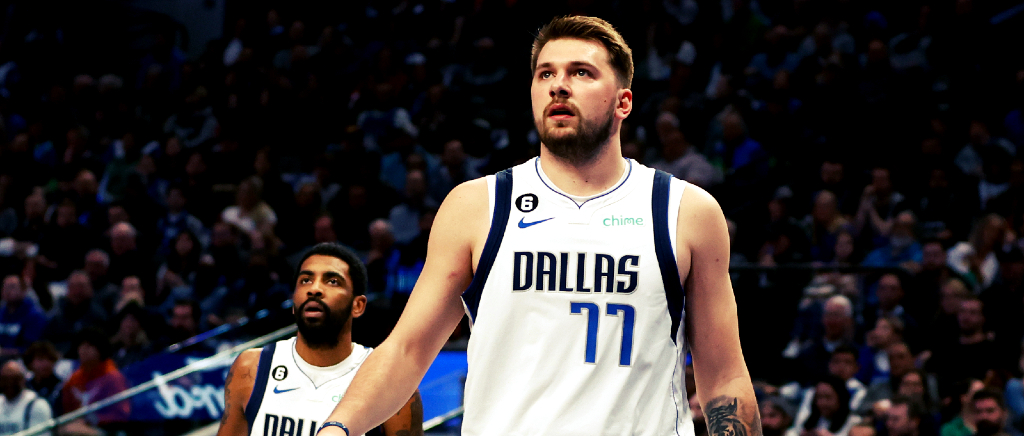For UK-bound cocktail lovers, a jaunt up to Belfast promises a seriously good time. Especially if some of the city’s best cocktails are to be found right downstairs from your hotel room. At Uproxx, we believe there’s nothing better than a good hotel bar—seriously, what’s better than ending the night on a boozy high note without having to worry about the commute home? Naturally, it defines some of how we pick where to stay.
Well, if you’re in Northern Ireland, we have a spot for you. For delicious nightcaps served up by some of the city’s most talented mixologists, look no further than The Merchant Hotel.
Home to 62 rooms, The Merchant Hotel offers Victorian-inspired luxury across its six floors, which also include an on-site spa, two eateries (what’s a trip to the UK without a pub experience?), and a massive top-floor gym. While Belfast is home to several boutique hotels, other options pale in comparison to the amenities—including in-room coffee and cookies, 24-hour room service, and access to an on-site jazz bar—and good old-fashioned hospitality offered at The Merchant.
WHY IT’S AWESOME:
Although Belfast is small, location is still key, and The Merchant’s location checks all of our boxes. Ideally situated in the city’s historic Cathedral District, the hotel offers prime access to the city’s best shopping, restaurants, and bar scenes, all of which can be reached on foot. In terms of design, simply step into The Great Restaurant and you’ll quickly see why the décor steals the show: vaulted ceilings, crystal chandelier, massive columns, and a rare, mid-19th century harp create a sophisticated-as-hell ambiance. The staff’s refreshing demeanor and welcoming attitudes keep the common areas feeling both friendly and accessible.
While the rooms, ornate décor, and beautiful common areas are highlights, it’s ultimately The Merchant’s F&B offerings that steal the show. From an on-site jazz bar to a ground-floor pub to The Great Room restaurant, and of course, the fireplace-clad cocktail bar, The Merchant’s drinking and dining options are so good, it’s almost tempting not to explore the city and simply rest in the lap of luxury found within its walls.
Further details are below:
IN-HOUSE FOOD + DRINK
The Merchant is home to three on-site food and beverage offerings, and its all-day restaurant, The Great Room, is a great place to start. Situated in possibly the most breathtaking room of the entire property, this Victorian-inspired space offers thoughtful, seasonally-inspired fare for all three meals of the day—think twice-baked onion soufflé, Irish venison, pork terrine, and truffle mash.
Vegetarians, you’re in luck, as separate plant-based à la carte menus are also offered for lunch and dinner, with highlights including curried lentils, roasted cauliflower steak, and root vegetable wellington. Best of all, the restaurant offers an extensive, 200+ bottle wine list—and for those with a sweet tooth, be sure to stop in for afternoon tea.
However, despite the grandeur of The Great Room restaurant, it’s The Merchant’s on-site cocktail bar—specifically the talent behind it—that steals the show. Clad in Baccarat crystal chandeliers and equipped with a crackling fireplace, The Bar offers the perfect place to enjoy in-house creations, classic cocktails, or a variety of rare Champagnes, limited-edition spirits, and more. The 42-page cocktail book is separated into sections inspired by famous cocktail figures and riffs on their signature drinks, and offers an even further breakdown of each cocktail recipe, right down to the number of parts of each ingredient used.
I enjoyed a Tipperary, made with Redbreast Lustau Whiskey, Lustau Vermut, Green Chartreuse, cane syrup, and orange bitters, followed by a classic Ramos Gin Fizz (which is quite possibly the most exhausting drink for a mixologist to make—pro tip, when this is offered on a cocktail list, definitely indulge). Small plates and larger menu items, from goat cheese tarts to Irish beef burgers to battered fish and chips are also available.
AMENITIES:
- On-site spa
- High-quality F&B offerings (two restaurants, one cocktail bar)
- On-site jazz bar
- Discounted parking
- Free WiFi
- Numerous event spaces
- Spacious rooms
- In-room coffee, tea, and cookies
- Air conditioning
- Black-out curtains
- Robes and slippers
- Flat-screen plasma TV
- Turndown service
ROOM TYPES
The Merchant’s room types are pretty straightforward: standard Art Deco rooms, standard Victorian Loft Suites, and Victoria Suites. The two standard room offerings are decorated according to their name, and each feature a king-size bed, a separate sitting area, and the list of amenities above.
The more lavish suites are decorated similarly, though offer a much more spacious place to take a beat from discovering the city. Each suite offers a number of period pieces and luxury furniture, including but not limited to four-post beds, marble fireplaces, and more. While all rooms feature walk-in showers, a number of rooms, including the suites, include free-standing bathtubs.
THE BEST THING TO DO WITHIN A 15-MINUTE WALK:
Although it may sound simple, enjoying a classic pint at Duke of York just two minutes away offers the best time in town. Located on a quaint cobblestone street laden with twinkle lights, this classic Irish pub offers mirrored walls, live music, and a good old rowdy time. What more could you want from Northern Ireland?
BEST THING TO DO/EAT/DRINK WITHIN A $20 CAB RIDE:
Believe it or not, it’s actually the cab itself. Belfast’s famous Black Cab Tours are chauffeured by local men who hail from both sides of the city—that is, the Protestant side and the Catholic side. These unique tours take place in London-inspired black taxis and offer an authentic insight into the troubled and divisive history of Belfast, all told by those who have lived the experiences firsthand.
Tours last about one hour and thirty minutes and cost, you guessed it, just £20 per person.
BED GAME: 10/10
Is it possible to give an 11 out of 10? Seriously, this was one of the most comfortable beds I’ve ever slept in. In addition to being plush, laden with pillows, and cool, I physically tried to stretch my entire body from corner to corner and failed miserably—AKA, it’s large as hell.
SEXINESS RATING: 7.5/10
The massive bed, separate sitting space, and on-site cocktail bar definitely create a sexy-as-hell ambiance. However, some of the décor in the rooms—namely the tacky wallpaper and creepy AF portraits—knocked a few points off of the hotel’s score.
I’d definitely say that the communal areas and bar space rank pretty high, call it 9 out of 10, though some of the rooms definitely fall short.
THE VIEWS & PIC SPOTS: 7/10
There are numerous places to snap a great pic at The Merchant, but of all the majestic backdrops, The Great Room Restaurant is it. I mean, just look at the ceiling, the arches, the blossoming center palm tree, all of which are dripping in gold… need we say more?
BEST SEASON TO VISIT:
May through October is generally deemed the best time to visit Belfast, although the hotel’s cozy rooms and on-site fireplace make it extremely cozy for winter visits. I personally have a soft spot for Europe in winter, so I very much enjoyed my stay in early November—although I do admit, it was already pretty damn cold.
IF I HAD TO COMPLAIN ABOUT ONE THING:
It may sound trivial, but there’s only one elevator to access the rooms, and it operates reeeeally slow, which can be a bit irritating if you’re in a rush. Also, as awesome as the gym is, it’s not accessible 24 hours (and doesn’t open until 7 AM), which for early risers like me, is a bit annoying.
BOOK NOW:
Expect to pay between £299.00 and £319.00 for a Twin Victorian, Deluxe Art Deco, or Deluxe Twin Art Deco room, and about twice that for a Victorian Suite.
INSTAGRAM IMAGES TAKEN AT THE MERCHANT HOTEL:



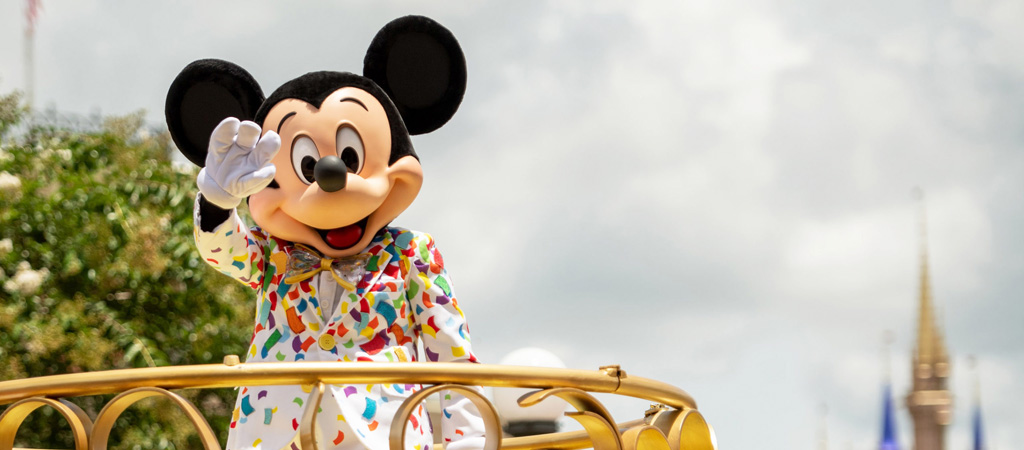
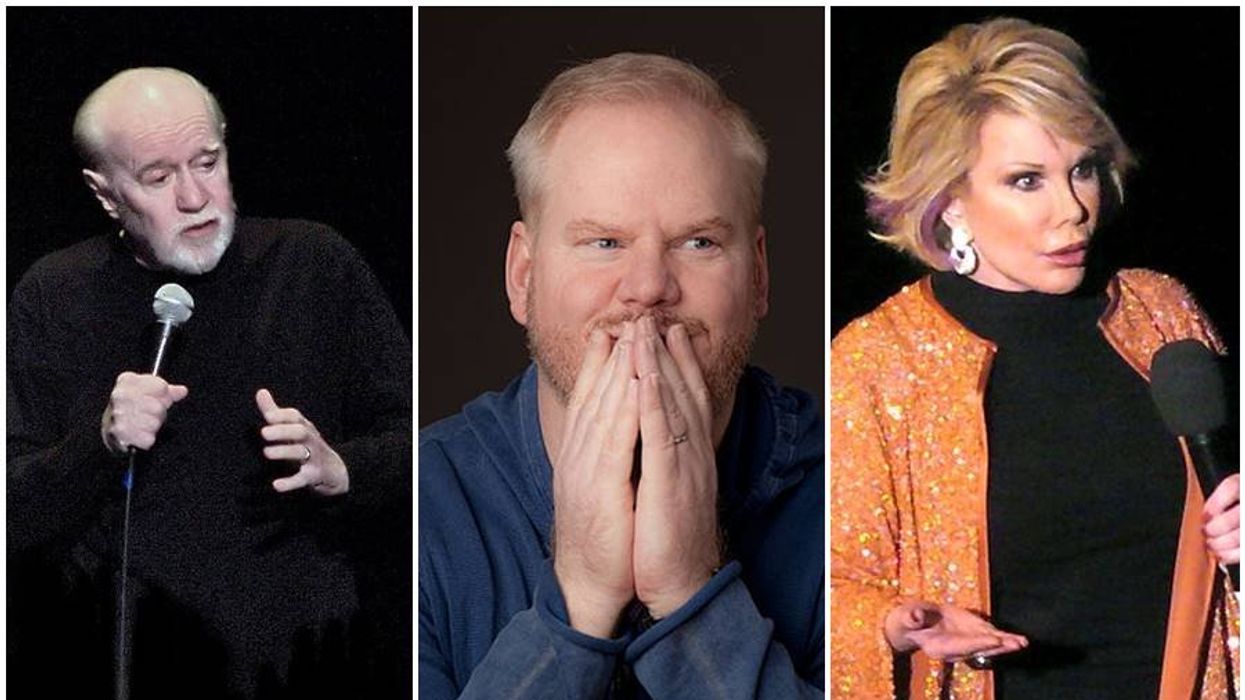
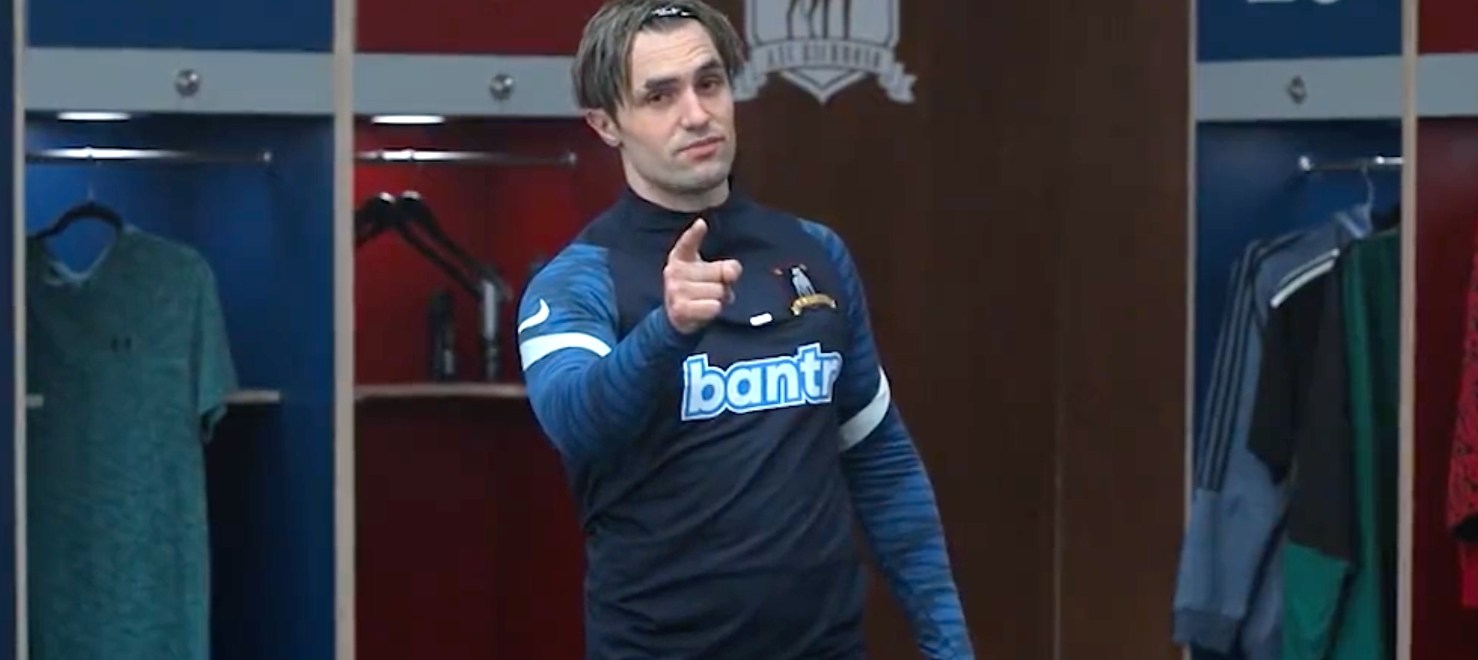
 (@lassoleil)
(@lassoleil) 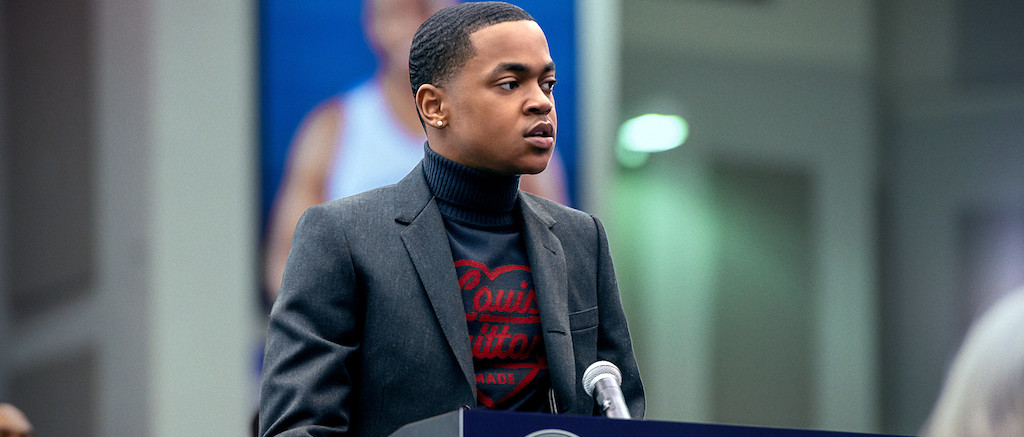
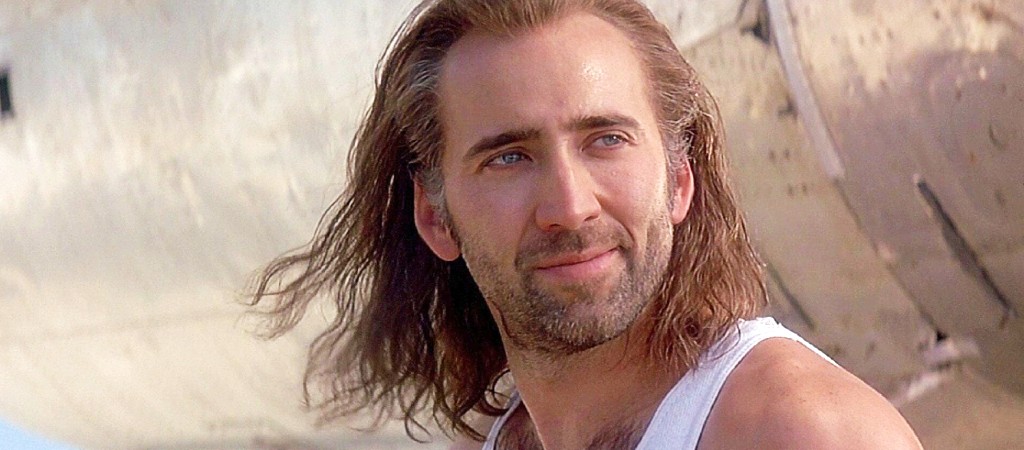
 (@DanaSan68018976)
(@DanaSan68018976) 
 (@namwella1961)
(@namwella1961) 
